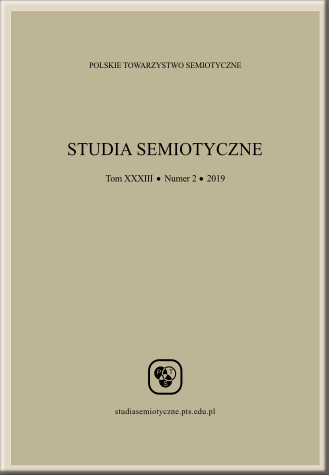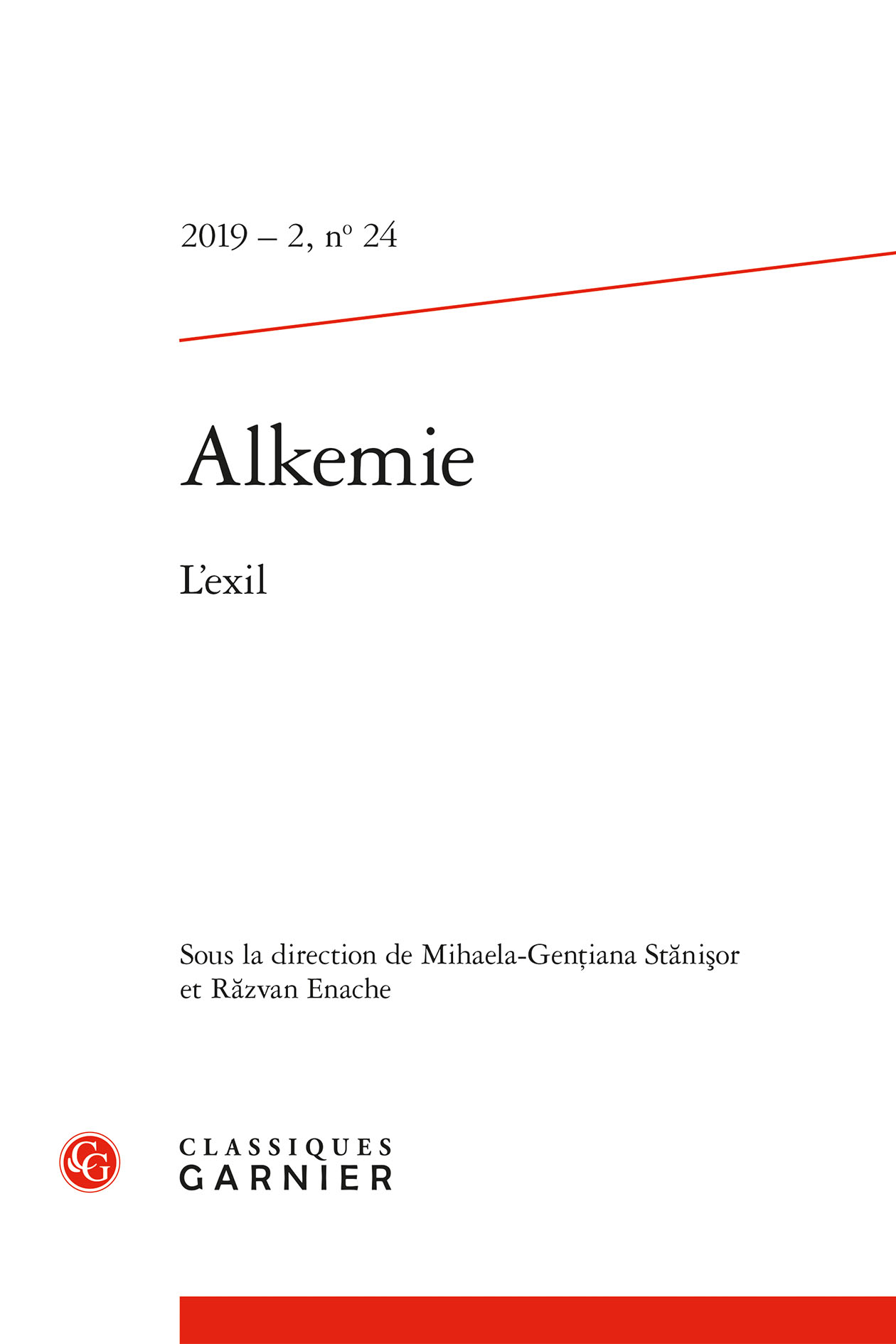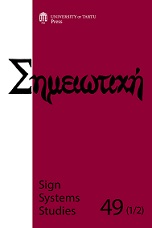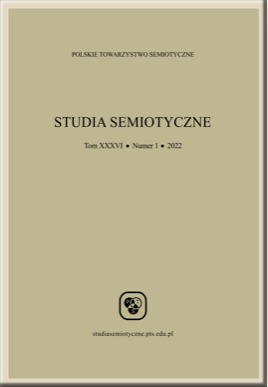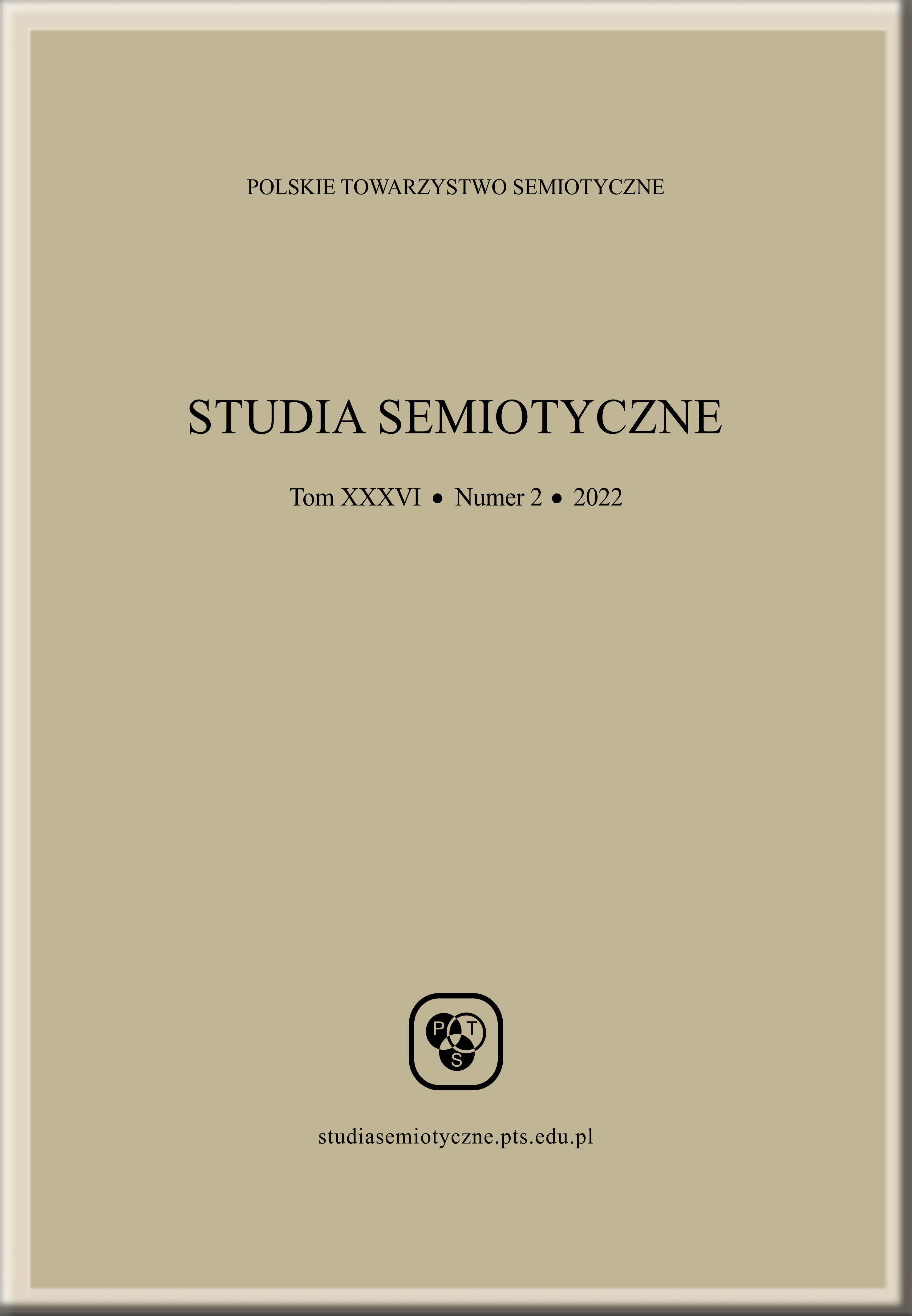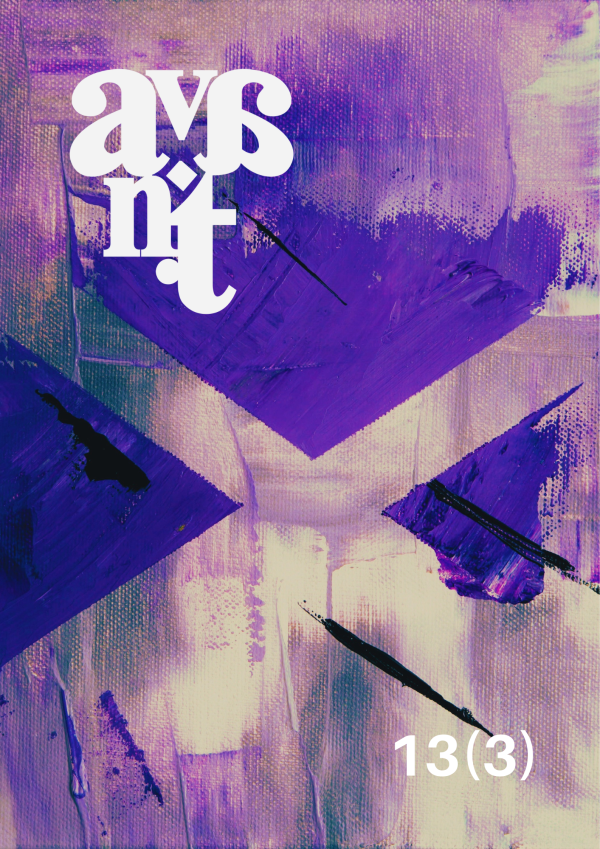Mogućnost Komunikacije u Svijetu Višeznačnosti
The main focal point of the paper will be the problem of communication. is problem will be addressed from multiple angles, with the theoretical viewpoint typical for philosophy. General questions like the possibility of communication and its sources will be presented through some specific problems like the problem of following a rule, critique of essentialism and an adequate theory of communication or, more specifically, conversation. Authorities in this field, like Frege, Wittgenstein, Searle, Kripke and Grice will be consulted to provide a background for the theses of the paper.
More...
